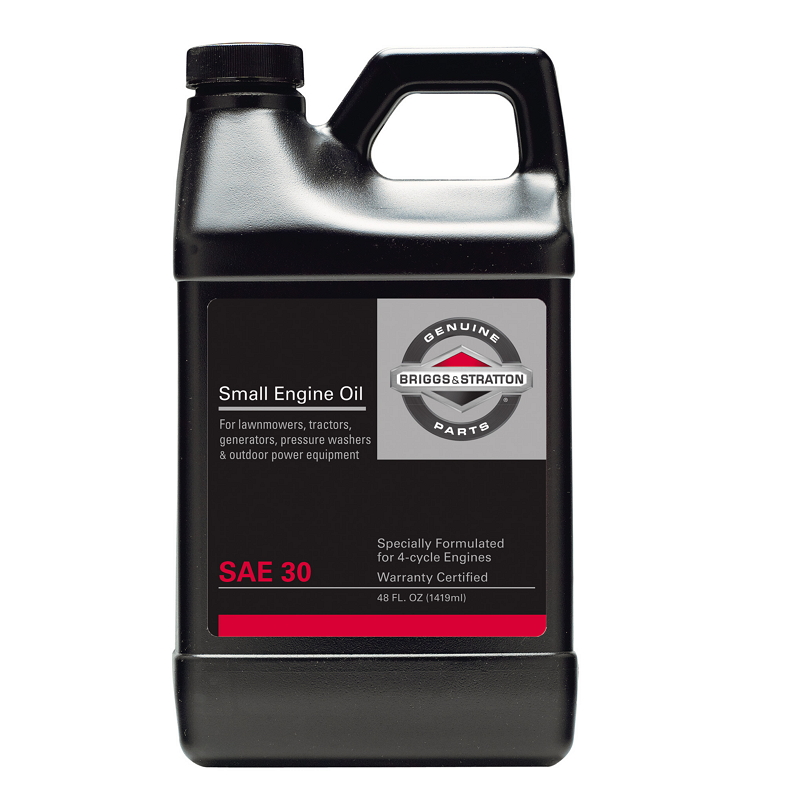How do I safely perform fuel tank cleaning for small engines?
How Fuel Tanks Work
Fuel tanks are designed to keep your engine's fuel clean, vented and secure on all lawn mowers, snow blowers and outdoor power products. If you spot debris in the gas tank or leaking gasoline, it's time for fuel tank maintenance. Never attempt to repair a damaged tank. It poses a risk of leakage, fire or fuel contamination. If you're replacing a fuel tank, use only parts recommended by the engine manufacturer. These parts will attach securely to your engine in the space provided.
Olde rmodel fuel tanks are designed to use a vented gas cap to prevent a vacuum or pressure from forming in the fuel system, while more modern fuel tanks will have either a charcoal filter or charcoal venting system. If fuel is leaking from the cap, a properly fitted replacement cap can solve the problem.
The main purposes of a fuel tank are to securely store and deliver enough fuel to get a job done and to make sure that the fuel stays clean. Because of very small passages in the carburetor, it is very important that the fuel be very clean.
Fuel tanks must be constructed of a non corrosive material or coated with a corrosion-resistant layer to protect against the damaging effects of water, alcohol and salt. If the tank is corroded or damaged, it should be replaced.
Some engines, like those used on walk behind mowers, use a fuel filter located inside the tank at the fuel outlet. These cannot be replaced - consult your local Briggs dealers on how to service in-tank filters. A filter can also be located outside the tank, midway along the fuel line.
How to Clean a Fuel Tank in a Lawn Mower or Small Engine
- Remove the spark plug lead and secure it away from the plug. Disconnect the battery (if equipped) by first removing the negative lead and then the positive.
- Use a fuel line clamp or other smooth-faced clamp to seal the fuel line where it attaches to the carburetor. Then, disconnect the line from the carburetor, the vent line (if equipped), hold the line over a bucket or fuel can and release the clamp. Dispose of all fuel in a safe manner.
- When the tank is empty, check with a flashlight for debris and beads of light that indicate holes or cracks. Use a baster to remove loose debris. If you find damage, replace the tank with the original manufacturer's equipment.
- Inspect the fuel filter for debris or deposits.
- Reattach the fuel tank or install a new tank, fastening it firmly with the cap screws. This is a good opportunity to replace the fuel line and filter, using original manufacturer's equipment.
Service part numbers for the fuel tank are located in the small engine manual. It’s important to note that your engine parts list lookup typically requires the complete Model number and six character Type number. (Example: 12H702-0505-E1)
In order to view the correct Illustrated Parts List and determine the part numbers for your specific engine, you will need the engine type, model number and code number.
WARNING: Always read the engine and equipment manual(s) before starting, operating, or servicing your engine or equipment to avoid personal injury or property damage. Fuel and its vapors are extremely flammable and explosive. Always handle fuel with extreme care.
See an authorized dealer if you are unsure of any procedure or have additional questions.
Shop Related Maintenance Parts
HOW-TO ARTICLES
Learn how to properly and safely use, troubleshoot and maintain your Briggs & Stratton equipment.
VIDEOS
Learn about the latest products, step-by-step instructions on how to locate your engine model number and more.





